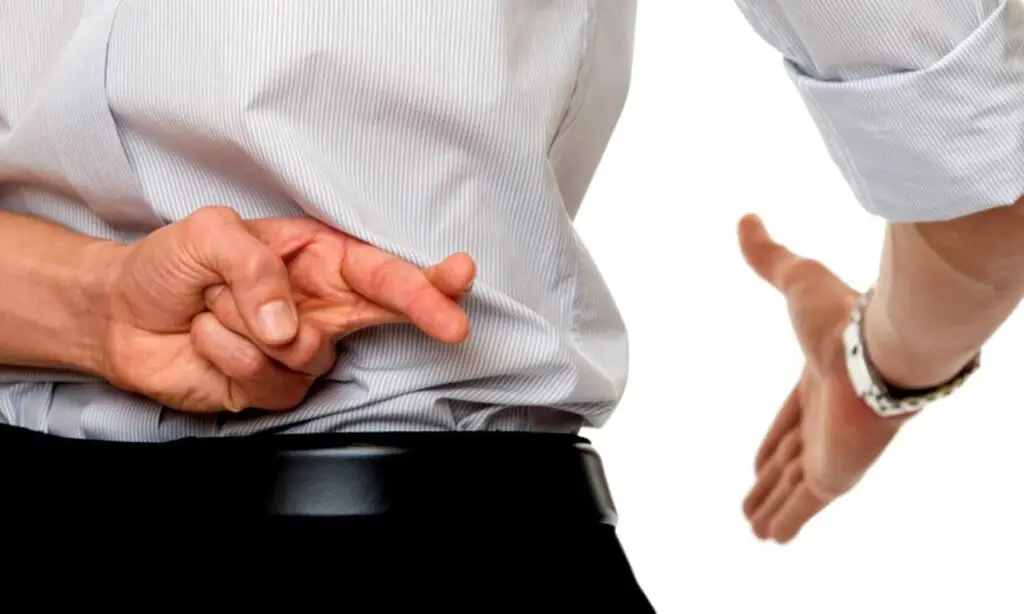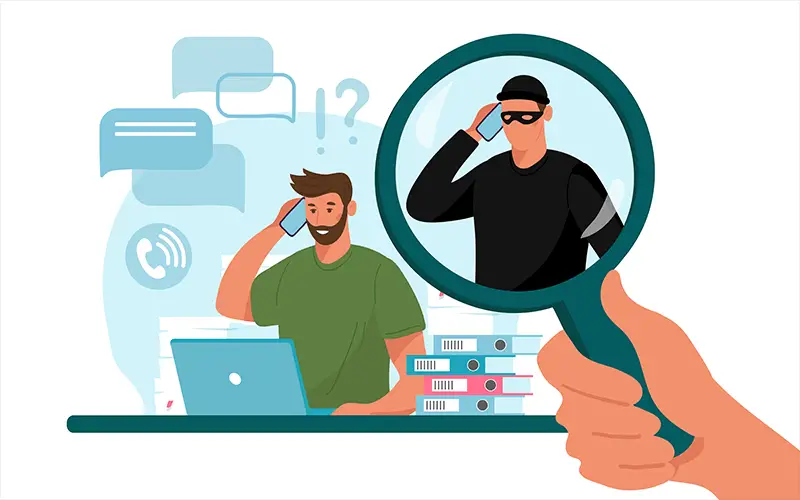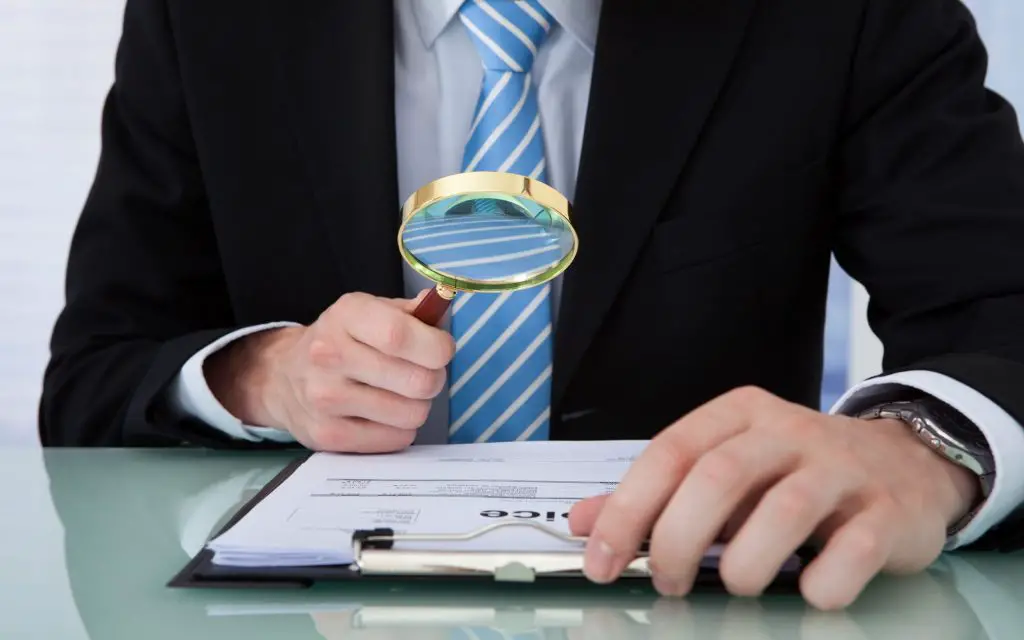Have you ever been in an awkward bargaining situation where you felt at a distinct disadvantage?
Perhaps it’s because the product you were negotiating over was too complex for you to understand—like that rocket you wanted for your next business idea to transport space tourists into orbit?
If that’s you, chances are you are likely to get ripped off!
Insurance experts and economists would tell you just ran into a potential moral hazard situation.
What is Moral Hazard?
This is a situation where an economic actor (buyer or seller) in a transaction feels incentivized to act in a risky way because he is aware that if any negative results occur due to his actions, the other party will bear the burden.
This implies that he would act more cautiously and in a less risky way if he is to bear the costs.
Moral hazard is frequently encountered in insurance where customers who get coverage change their behavior and engage in riskier behavior on the knowledge that the insurer will bear any loss should it occur.
Moral hazard typically arises when one party knows more than the other about the transaction or intention and takes advantage of his informational superiority.
Some examples are:
- Employer-employee: The employer does not know what the employee is doing on the job since he can’t directly observe him. Perhaps he is doing something unrelated to the work, e.g. watching a movie or just sleeping.
- A taxi driver and his tourist passenger: The taxi driver cheats a tourist and purposely chooses the longest route to a destination so that he charges a higher fare. The driver is taking advantage of his better knowledge of the country and routes which the tourist is ignorant about.
These scenarios show that ideally, the information that the two parties have about the product or transaction should be roughly the same so that both get a fair deal.
If not, we have information asymmetry which the better-informed party may use to his advantage.
The more complex the product, the higher the possibility of a moral hazard. Why? Because the seller knows more about his product than the buyer.
So the seller may want to take advantage of the buyer’s ignorance by making him pay a higher price than the product really cost. Perhaps the product has some deficiencies which should make it cost less.
Origin

The term was coined in the 17th century within the insurance industry.
The concept was widely used through the 17th and 18th centuries, especially in England’s insurance industry.
In these earlier years, the term was used in reference to unethical or immoral persons.
In the 2th century, economists revisited the concept in the 1960s, including Ken Arrow.
He concluded that the concept referred to inefficiency related to risks that cannot be clearly assessed rather than deception by actors in an economic transaction.
Moral Hazard Examples

The following are 12 examples of moral hazard situations:
1. 2008 House Market Crash (Government)
Also called the Great Recession, this was the biggest economic crisis since the Great Depression of 1929.
It originated in the US subprime mortgage market and its effects spread over the globe, triggering a global recession.
Banks gave out home loans to customers in a process which was not transparent.
The customers who were low-income customers and not eligible for those loans didn’t fully understand the products (loans) they were buying and their terms.
Bankers on the other hand had an incentive to give these loans because they thought that if customers defaulted, they would be bailed out by the government and still get their profits.
The idea was that since the banks were very important to the economy, they were “too big to fail”, and so the government would not allow them to fail as the economy would collapse.
At the end, when the housing market crashed and customers defaulted driving banks into bankruptcy, the government used taxpayer money to bail them out of the fear that the financial markets would collapse.
2. Long Term Capital Management (Investment Banks)
For years, a respectable team of financial experts who included Nobel Prize economists and savvy Wall Street players managed to make lots of money for investors through LTCM, a highly leveraged hedge fund.
(Highly leveraged means highly financed by debt which means high levels of risk).
However, in 1998, the fund lost a huge amount of money from wrongly placed positions after Russia defaulted on its bonds which LTCM had heavily invested in.
This forced the US government to intervene and call a group of US banks to provide the money to bail out LTCM.
The government feared that allowing LTCM to go bust would lead to the collapse of the whole economy (systemic crash).
In this case, the moral hazard had made the firm managers take excessive risk because they knew that somebody else (the banks) would pay the cost.
3. Barings Bank (Principal-Agent Problem)
In 1995, Nicholas William Lesson, a bank employee and derivatives trader, made unauthorized and speculative trades that caused the collapse of Barings Bank.
Lesson had taken huge risky bets with the bank’s money but the markets moved against him.
This is an example of a moral hazard where an employee engaged in risky behavior exposing his employer to loss. Lee was convicted of fraud.
4. Enron (Securities Market)
Enron was found guilty of securities fraud which included lying to the Securities Exchange Commission (SEC) and falsifying financial reports.
Due to Enron’s false public reports, the investors were fooled into purchasing Enron stock believing it was a good buy.
The deception caused Enron’s stock to become one of the most valuable stocks on the stock market with Enron winning recognition by Fortune as “America’s Most Innovative Company” for 6 consecutive years.
However, unknown to the market and security regulator (SEC), Enron was not making profits and they had 2 different sets of financial reports (one kept secret showing the true loss-making situation, and the other falsified one which was public).
This was an instance of asymmetrical information where Enron had information the public did not have and exploited it. This also caused a moral hazard situation.
5. Theranos (Health Technology)
As a 19-year-old, Elizabeth Holmes founded Theranos in 2003 as a health technology company.
She was able to persuade investors and venture capitalists to pour almost $1 billion into Theranos to produce and distribute a revolutionary medical device she claimed to have invented.
This was a blood testing device that required only a small amount of blood to test several diseases at once.
The claim was later found to be false. This was also a case of asymmetric information, adverse selection, and moral hazard.
Elizabeth had information that was hidden from the public and government, namely that a device did not exist.
However, she took advantage of this information asymmetry to personally profit at the financial ruin of others.
6. Anna Sorokin (Art And Socialite)
Anna Sorokin, a young German girl who had immigrated to the US, created a false persona of herself by presenting herself as a German heiress to a large fortune.
Using these credentials, she won her way into New York celebrity society.
She also cashed in on her false identity to gain millions in non-collateral loans from New York banks.
She later defaulted on these loans and also failed to repay the money given to her by friends.
The banks and her friends fell victim to a moral hazard situation in which Sorokin exploited her information advantage to gain their trust, special treatment, and money.

7. Bernie Maddoff (Investment Schemes)
For many years, Maddoff was consistently making handsome returns for his clients in a way that defied logic.
Unknown to everyone, Maddoff was running a Ponzi scheme masquerading as an investment fund.
It turned out to be history’s largest Ponzi scheme, eventually going down with $65 billion of investors’ money.
Madoff’s scheme was so well concealed that no one could even find it.
Responding to a whistleblower who had his suspicions, the government through SEC conducted an investigation that turned up empty.
In the end, it was Madoff himself who turned himself in and admitted to the fraud.
He only did it because he was running out of money to pay his clients and keep his Ponzi scheme running.
So he knew it was a matter of time and he would be found out.
This was a perfect case of moral hazard and information asymmetry in which only Madoff knew information concerning his investments to the exclusion of everyone else.
Taking advantage of this, he profiteered for many years until his scheme proved impossible to run anymore.
8. AIG (Insurance Industry)
AIG (American International Group Inc.) was a leading insurance company with a global footprint.
It was one of the companies that took a blow in the 2008 Great Recession and almost collapsed.
AIG sold insurance to protect investors against losses that may arise from holding securities connected to the American subprime mortgage market.
However, when the housing market crashed, AIG was in danger of insolvency, putting its numerous policyholders at risk of financial ruin.
As it was ‘too big to fail” from the government’s perspective, the government bailed it out with taxpayer money.
Critics pointed out that this gave AIG and its bank counterparts who were also bailed out, an incentive to take risky behavior and create moral hazard situation.
9. Type Of Compensation Can Determine Moral Hazard (Employer-Employee)
If a salesperson is paid a salary, a moral hazard situation is more likely to arise.
Since her compensation is not tied to performance, the salesperson does not need to put in much effort since her salary remains constant and does not depend on her effort.
This gives her an incentive to shirk work or become lazy.
However, if the compensation is based on commission, the salesperson is likely to put in more effort as her pay is directly related to performance.
10. Effect Of Deposit Insurance (Banking)
To generate public confidence in the banking system, governments have established deposit insurance schemes to insure depositors’ money.
This assures depositors that their money cannot get lost as they can receive full value recovery in case of a bank collapse.
However, the insurance scheme can also create a moral hazard as it gives the banks incentives to engage in risky lending knowing that somebody else (insurance companies) will bear the cost if anything goes wrong.
11. Moral Hazard Due To Protective Helmets For Footballers
There is a tendency for football players to play more aggressively because of wearing helmets.
Even though the helmets were meant to protect them from injury, footballers are suffering from more head concussions than before because of their riskier play.
This is an example of a moral hazard because the helmets (synonymous with insurance protection) give incentives for riskier behavior.
Other safety tools also produce this effect e.g. seatbelts and airbags meant to promote safety have led to the opposite effect: increasing accidents and deaths as people drive more carelessly than before.
Even though these things do save some lives and increase safety, the benefits are being offset by riskier behavior by people for whom those tools are a perverse incentive
12. IMF/World Bank and Reckless Spending By Governments
Some governments (typically less developed ones) engage in profligate spending (basically living beyond its means) because they know that there is an international last resort: the IMF or the World Bank which will bail them out.
Usually, past cases of IMF intervention acts like an incentive for the government to continue its spending.
This too is a moral hazard as the IMF lends without knowing the real intention of the borrower (information asymmetry) and the borrower takes risks knowing IMF will bear the cost.
Why Is Moral Hazard A Problem?
Moral hazard can be damaging to the economy because it leads to inefficient allocation of resources.
It increases costs that one party has to pay due to the misrepresentation of the other party. On a macro scale, this can have a big detriment to the economy.
The market is guided by price signal in determining the quantity of goods and service to be produced or supplied.
Moral hazard and the asymmetrical information causes distortion to this and disrupts the process of accurate price discovery.
Moral Hazard Vs Adverse Selection
Moral hazard and adverse selection often appear together in the transactions. They both also arise due to asymmetric information.
Adverse selection (also known as anti- selection) refers to scenarios where either a buyer or the seller has more information than the other concerning the product or transaction.
We say that adverse selection has occurred whenever the knowledgeable party uses this advantage against the other party.
In adverse selection, people who are bad risks usually end up buying insurance than those who are good risks.
Differences
- A moral hazard occurs after the parties have agreed to the terms of a contract. Adverse selection occurs prior to agreement.
- Moral hazard is caused by hidden information (lack of perfect information) but adverse selection is caused by hidden actions.
Moral Hazard Vs Morale Hazard
Both terms almost sound the same and also have subtle difference in meaning. But one involves malice while the other does not.
Both moral hazard and morale hazard describe a change of behavior that a person shows after being aware that somebody else will bear the costs of the negative consequences of their behavior.
However, the behavior in moral hazard is intentional and involves deliberate malice or bad faith.
In morale hazard, this behavior is subconscious and no malice is intended. Instead, it is more of the result of an attitude of indifference or carelessness.
Thus, while the change of behavior in moral hazard is conscious, in morale hazard it is unconscious.
How to Manage/Reduce Moral Hazard
There are broadly 2 steps which can be taken to mitigate or reduce moral hazard
- Make information less asymmetric: Neither of the 2 parties can exploit the other if the information they both have regarding the transaction and intentions are the same. However, if removing the information asymmetry proves impossible, the alternative is to remove the incentives that cause either party to exploit the informant advantage that they may be having.
- User ratings: User-generated ratings found on online sites can bridge the information gap you have. For example, Angie’s list, Amazon.com reviews, and Yelp collect thousands of product reviews from customers. Since it’s a huge volume of data, it gives you a clearer picture of companies and their products. These sites take away the incentives for sellers to cheat since bad ratings will ruin their reputation and business.
- In the case of a patient consulting a doctor, one can seek a second opinion from another doctor. The second doctor is not doing the actual treatment but giving a diagnosis. This removes the incentive for him to seek to profiteer at your expense by exaggerating the bill.
- House Inspector: Before buying a house, you can have it checked first by a house inspector.
- Use of Credit Rating Bureau: This helps you to have a better knowledge of a borrower before deciding to lend to them. They give you enough information that, in some way, is as much as that of your initial service provider. This lessens the information asymmetry.
Conclusion
American reporter and political activist, Mumia Abu-Jamal’s words sum up well the predicament of many an anguished insurer.
As they wrestle with the hazards of moral hazards they too would welcome his words: “What a convenient way to dodge their responsibility to take a moral position in this situation.”

